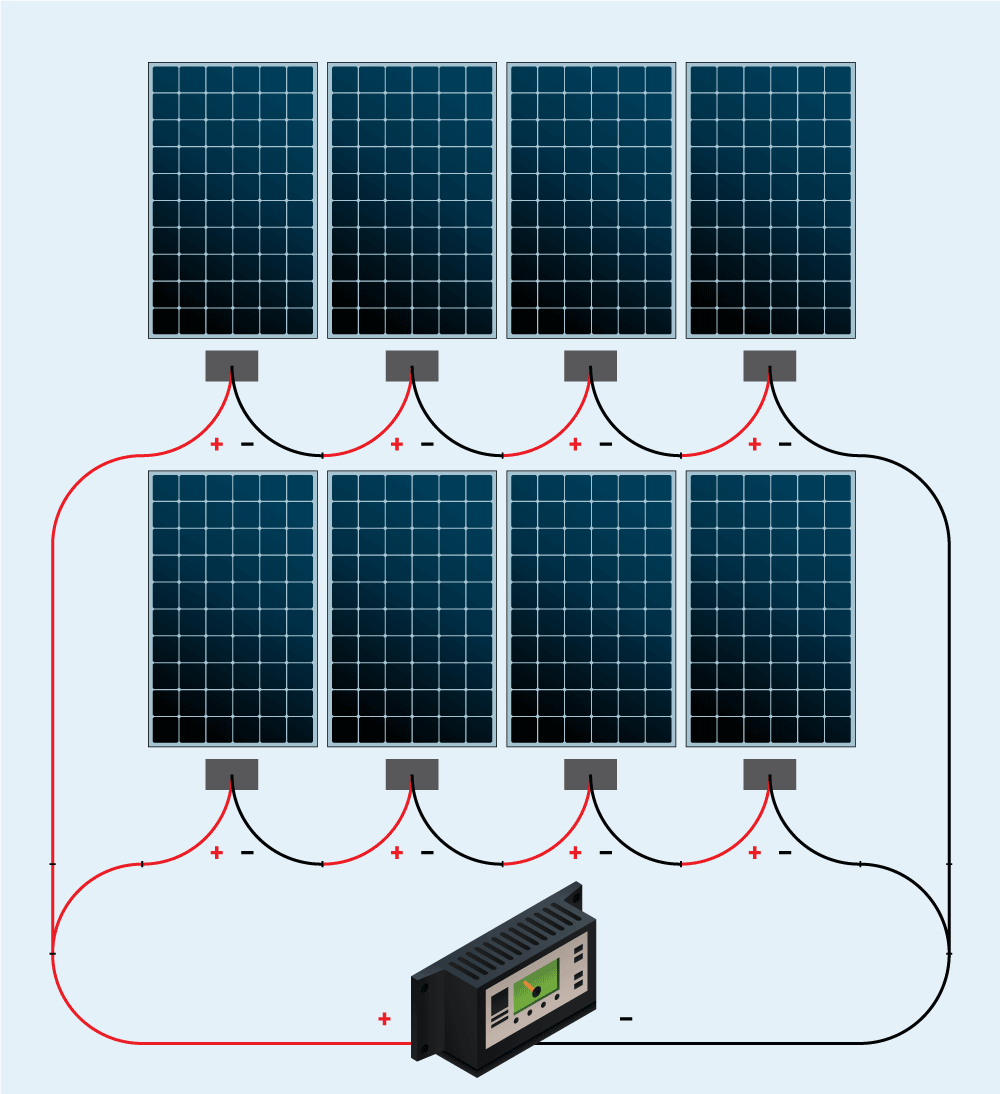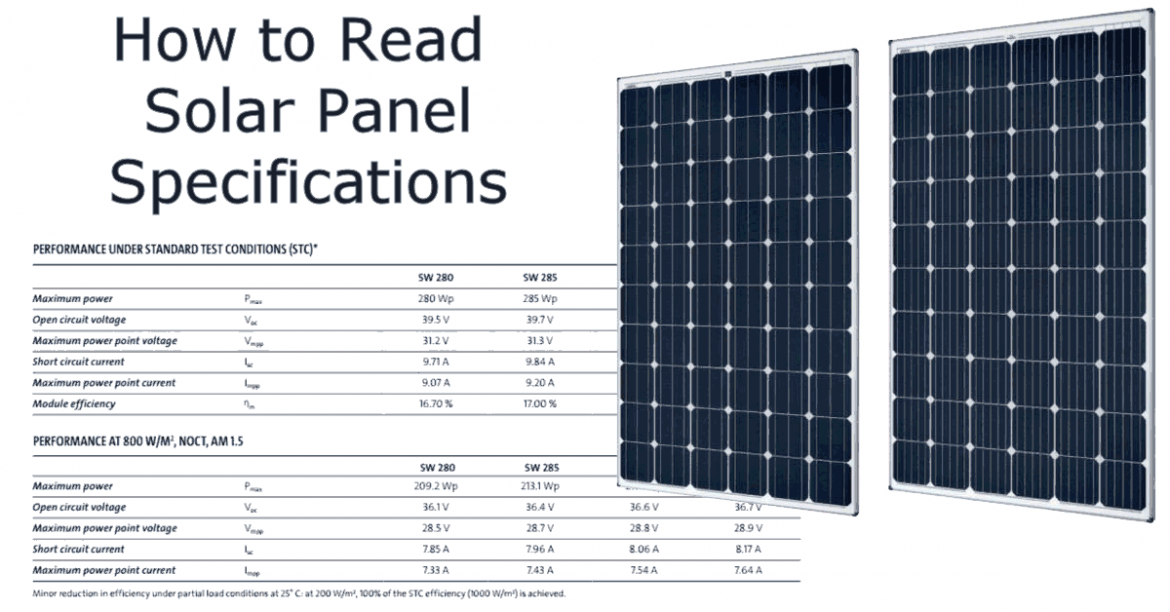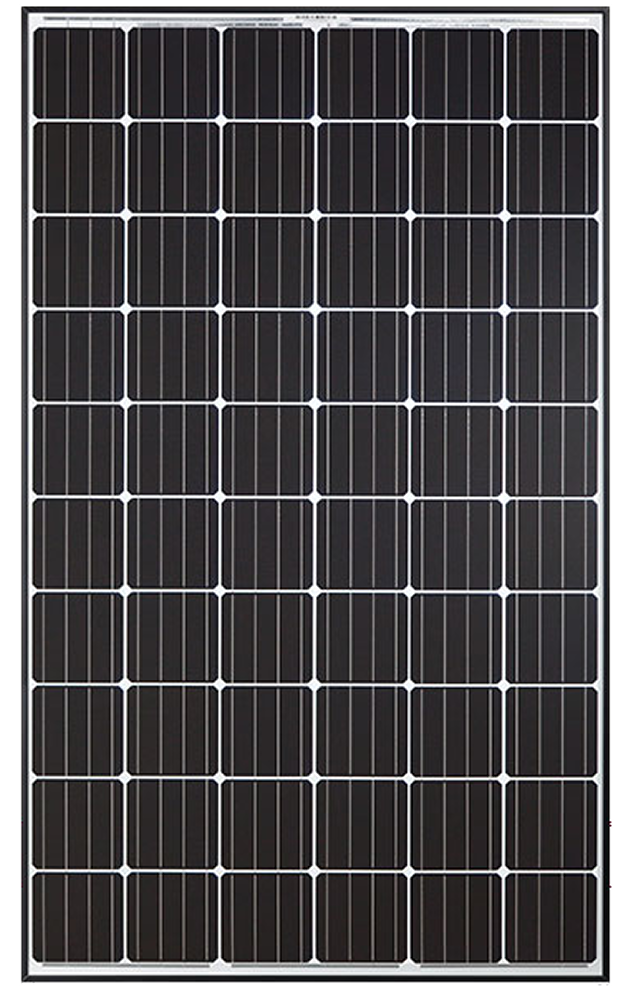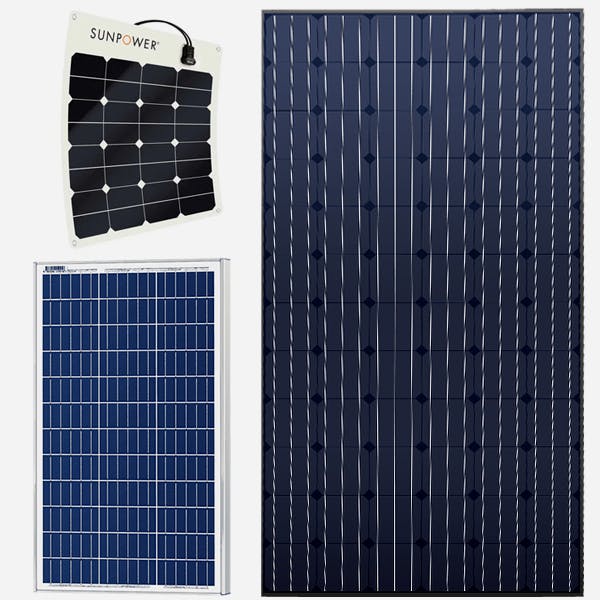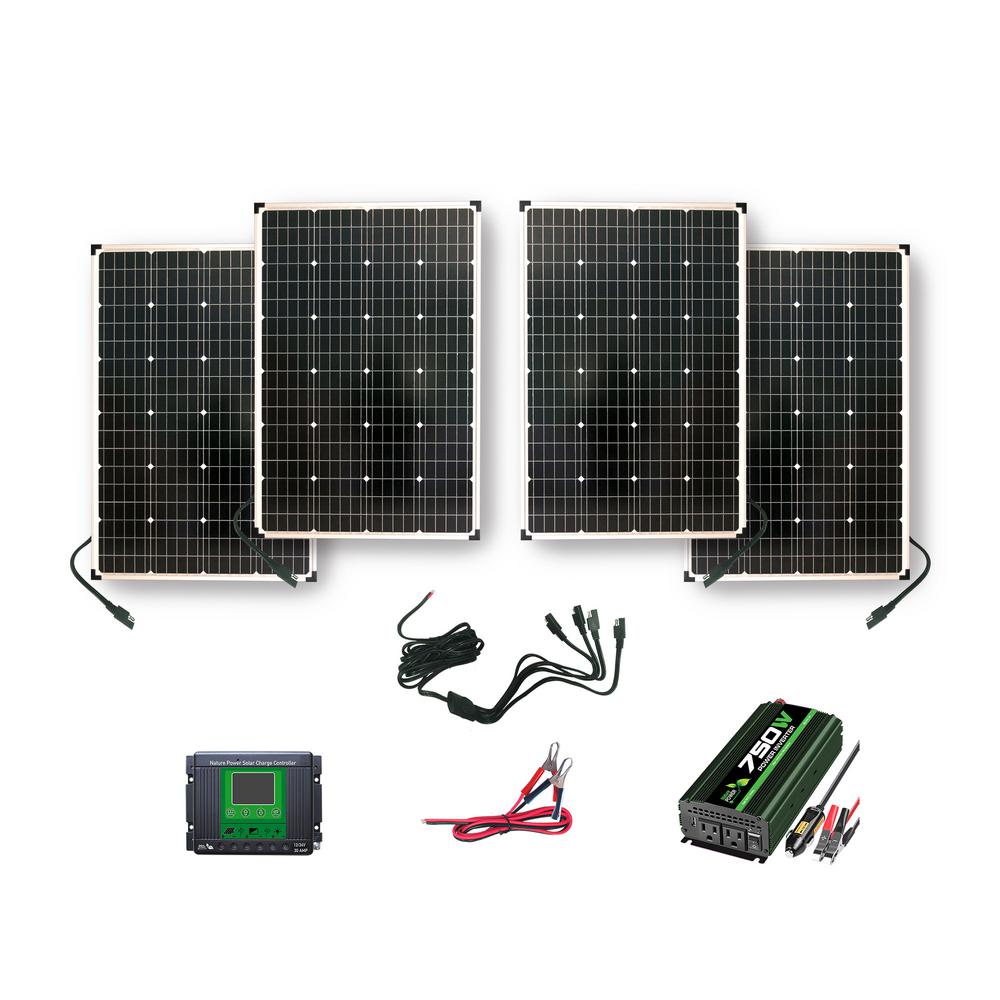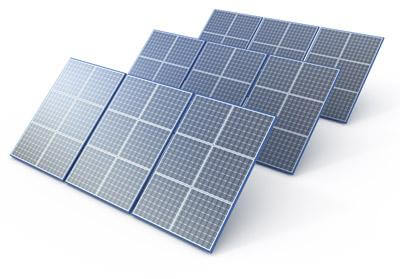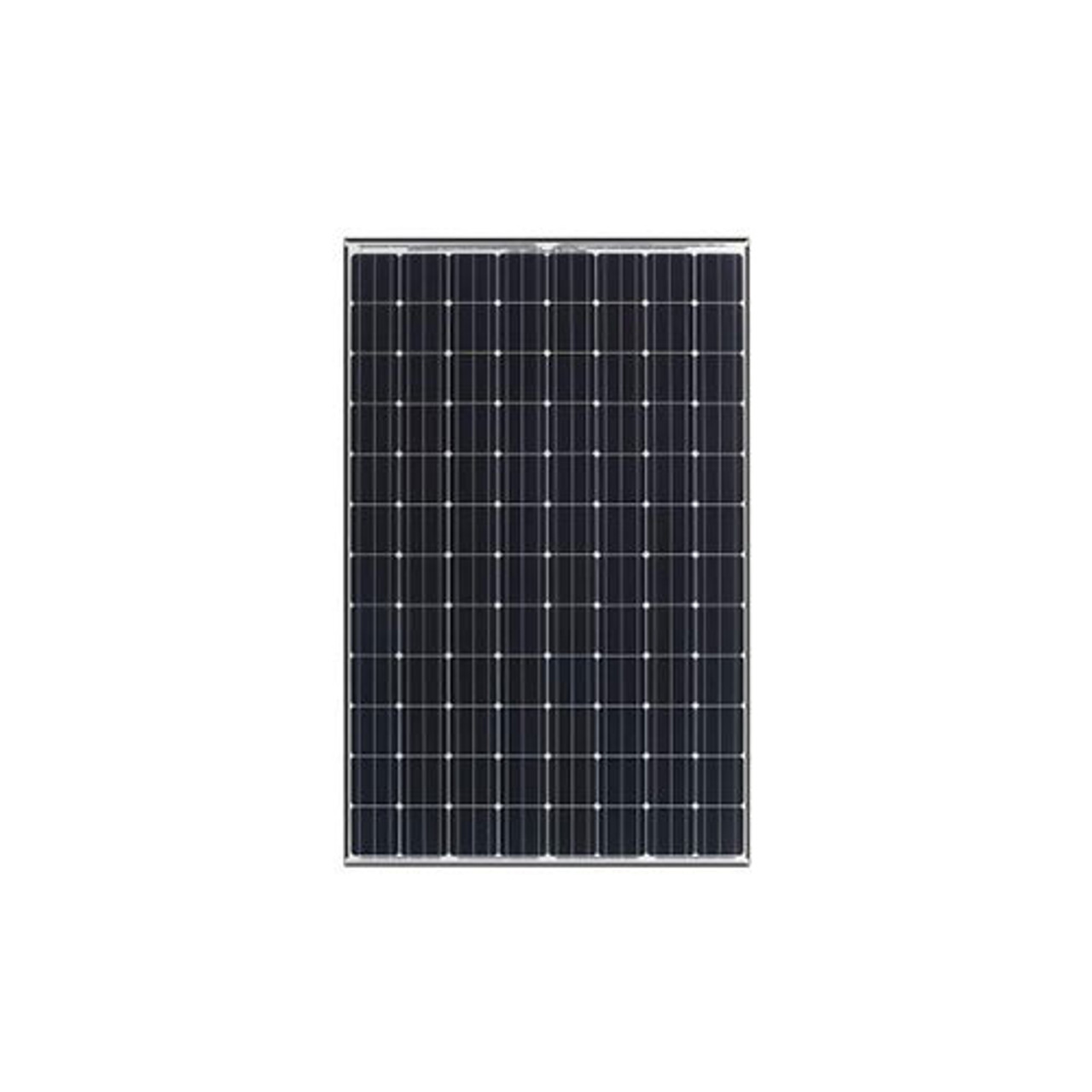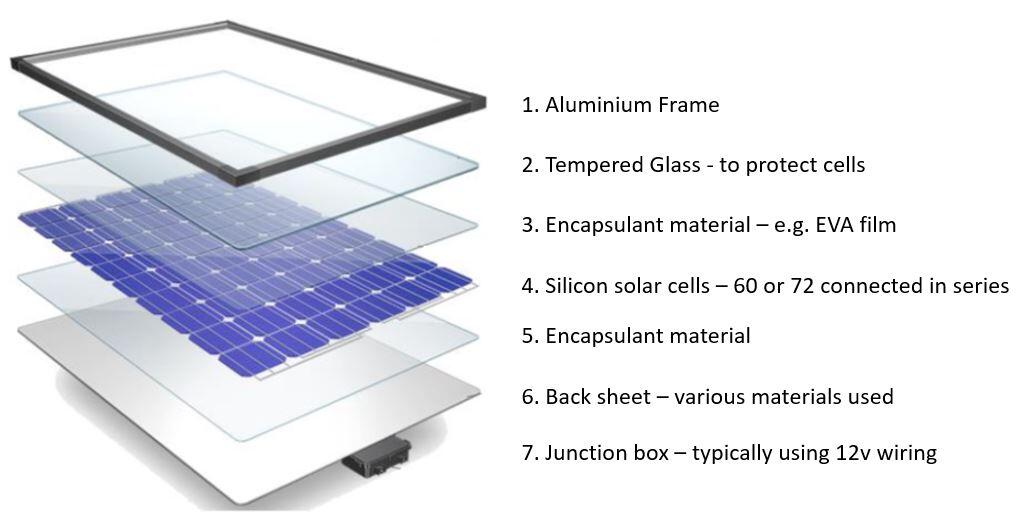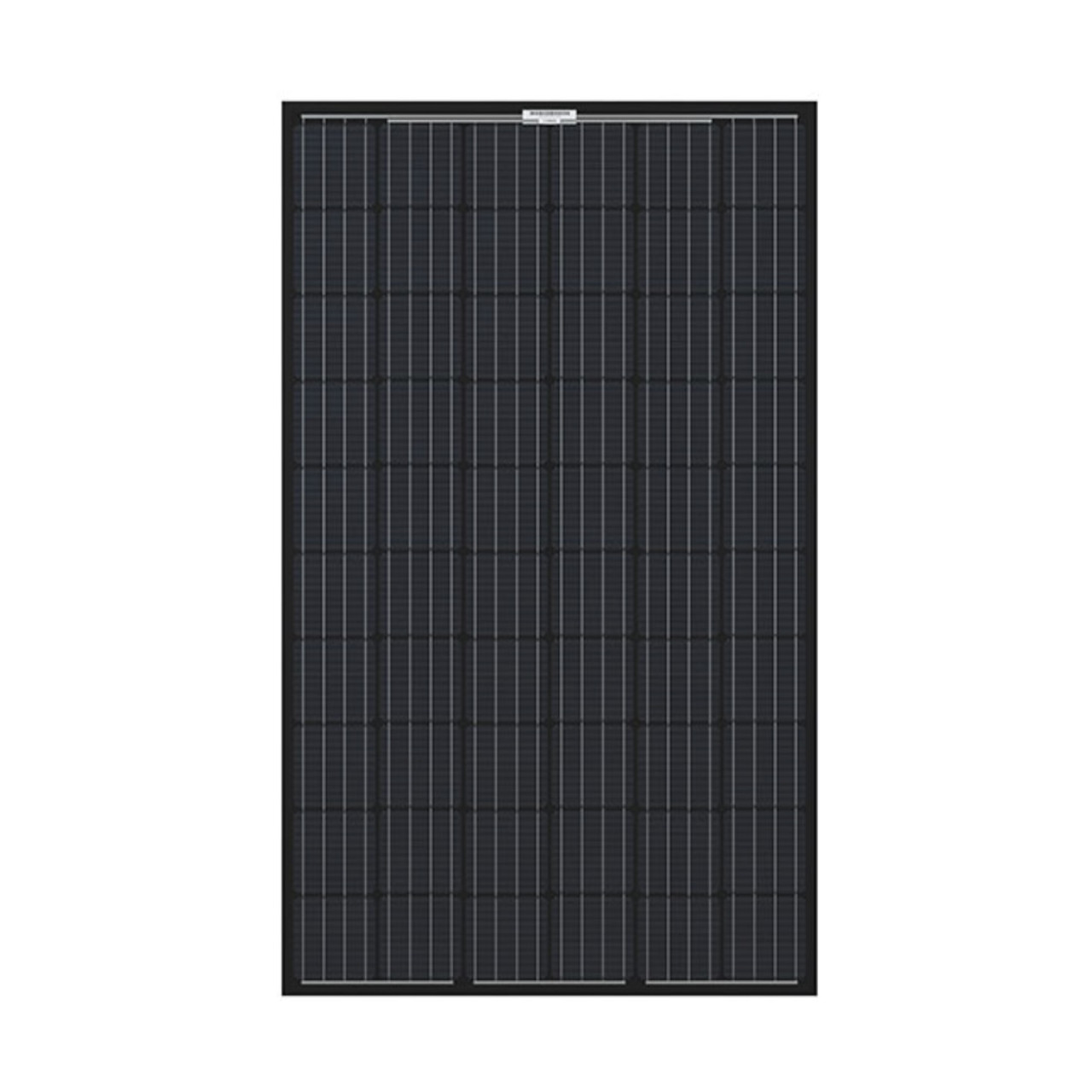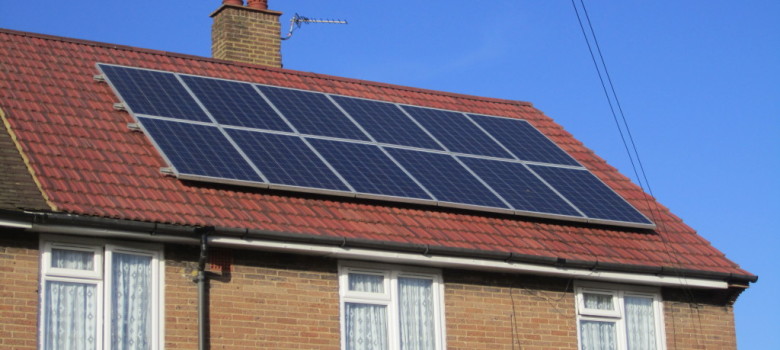They might be for example one monocrystalline and one polycrystalline solar panel.
Difference between monocrystalline and polycrystalline solar panels pdf.
Manufacturers use silicon in making solar panels.
Polycrystalline solar panels are also made from silicon.
Here is some further information on monocrystalline and polycrystalline solar panel as well as how silicon solar cells work.
Therefore the primary component of a solar cell is silicon.
If you ve ever seen a solar panel and hopefully you have chances are it was a crystalline silicon solar panel the dominant type of solar cell out there.
Because the mppt charge controllers convert the voltage difference between 24v solar panel and 12v battery bank to an increase in its output current that is twice higher compared to using a pwm charge controller.
Amorphous panels are also lighter in weight and more portable than monocrystalline or polycrystalline panels producing the same amount of energy.
Monocrystalline solar cells have historically had a higher peak efficiency and were more readily available than polysilicon solar cells.
Each of these types of solar cells causes the solar panels to have different characteristics.
There were a number of reasons for this thinking.
When solar pv first boomed in australia in 2009 2010 monocrystalline solar panels were thought to be superior to polycrystalline solar panels.
Tindo solar panels using polycrystalline cells.
By creating an online marketplace for homeowners pi.
The key difference between monocrystalline and polycrystalline solar panels is that comparatively the monocrystalline solar panels are black in color and are more efficient and durable whereas polycrystalline solar panels are blue in color and are less efficient and less durable.
However what many forget is that while these two types are similar they also have a range of differences.
Monocrystalline solar panels polycrystalline solar panels and thin film solar panels.
Pick my solar was founded on the idea that clarity and transparency was important in the solar industry.
They can also withstand the summer heat where mono or polycrystalline panels lose efficiency in the same ambient temperatures.
In addition polycrystalline solar panels tend to have a blue hue instead of the black hue of monocrystalline panels.
Crystalline silicon solar panels are currently the most popular option for home use on the market.
Most of the solar panels on the market today for residential solar energy systems can fit into three categories.
Monocrystalline solar panels vs polycrystalline solar panels should you ask your solar installer for one over the other.


